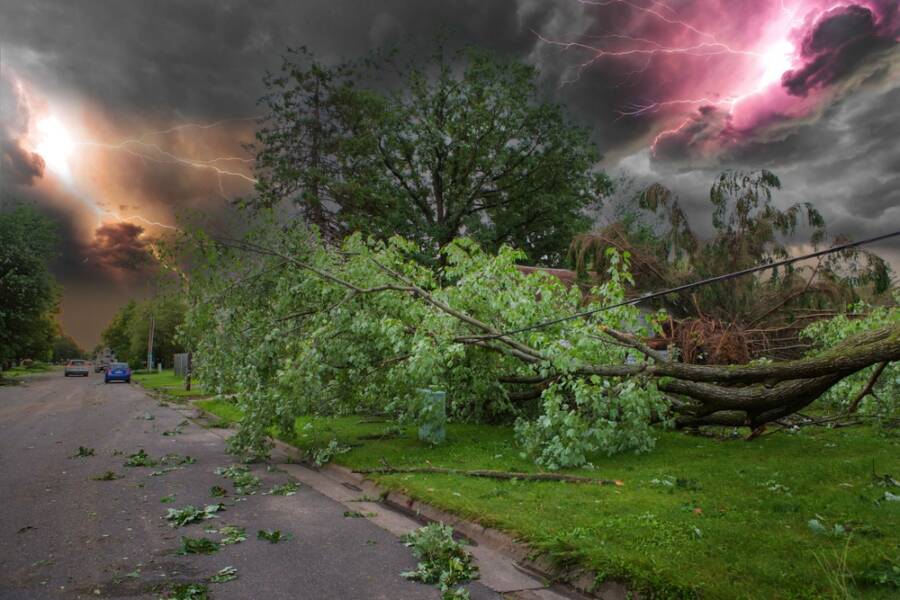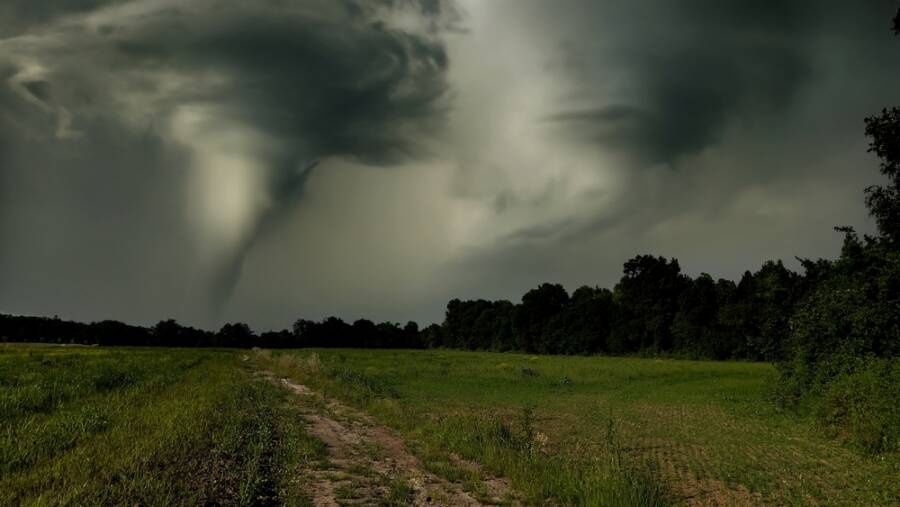Climate change is bound to reshape life on Earth, and even if most discussions focus now on human impact and responsibility, the natural world actively reacts to the dramatic shifts in climate. From rising temperatures to altered precipitation patterns, as well as increasing frequency of extreme weather events, ecosystems across the globe adjust, with surprising resilience, but also with visible distress.
Nature, as it always does, tries to adapt. However, the speed and scale of today’s climate change are quite unprecedented, pushing way too many species and ecosystems to their limits. Here’s how nature responds to the climate crisis, in both remarkable and sobering ways.

Shifting habitats and geographic ranges
Global temperatures are going up, and many species seem to be on the move. Animals and plants that once thrived in specific climate zones now migrate toward higher altitudes or latitudes where conditions are far more favorable.
For example, some mountain-dwelling species slowly ascend in elevation, seeking cooler temperatures. In the oceans, fish and plankton swim toward the poles, leaving behind warmer tropical waters, in search of more stable environments.
These shifts are definitely not random. They are tightly linked to climate patterns. Even so, not all species can move fast enough to keep pace with all the changes. Animals that have limited mobility or fragmented habitats face increasing survival challenges. Furthermore, when species migrate, they could disrupt existing ecosystems
Altered timing of seasonal events
Another shocking response to the whole ordeal with climate change relies on the shift of seasonal behavior, a phenomenon well-known for its phenological change. Plants bloom much earlier, birds are migrating sooner, and insects emerge ahead of schedule.
These changes are generally triggered by temperature cues that don’t align anymore with historical patterns. For instance, some songbirds start their migration north in early spring, but if the insects they rely on haven’t come out yet, they might struggle to survive the journey and even raise their young.
On the same note, flowering plants that bloom way too soon could miss their pollinators, which would lead to reduced reproduction and ecological imbalance.
Behavioral adaptations in wildlife
Wild animals adjust their behaviors in subtle yet significant ways. Some mammals become more and more nocturnal, perhaps to avoid heat during the day. Birds alter their migration routes, nesting patterns, and song frequencies in response to environmental stress.
In some regions, predators modify hunting habits, while prey animals change their hiding and foraging strategies. All the behavioral shifts reflect an increased response to new environmental pressures, offering only short-term solutions that could help the species survive.
Genetic and evolutionary changes
In some of the most remarkable cases, climate change only accelerates evolutionary processes. Some species show signs of genetic adaptation, as well as evolving traits that make them way more resilient to changing conditions.
For instance, some plants started to produce seeds earlier and develop tolerance to drought. Insects can also develop resistance to heat and altered reproductive cycles that automatically match climate patterns.
All these genetic responses can take many generations to develop, which means they’re more likely to happen in species with short lifespans and rapid reproduction cycles. For longer-lived animals and plants, evolution is definitely slower, and might not even keep pace with the speed of climate change.
However, such changes are only a small example of nature’s enduring capacity to adapt at the molecular level, even under a lot of pressure.

Ecosystem transformations
Climate change not only affects individual species. In fact, it reshapes the entire ecosystem. Whether we’re talking about forests, wetlands, coral reefs, or tundra environments, they all undergo huge transformations.
In certain areas, warming temperatures shift the balance between competing plant species, altering the whole landscape. Boreal forests could transition into grasslands, and tundra could find a way to shrubs and trees, creating brand new ecological identities.
In certain marine environments, coral bleaching is a vivid and tragic example of how temperature increases can greatly damage entire ecosystems. When water gets way too warm, corals expel the symbiotic algae they rely on, which leads to bleaching and even death. This change not only affects the coral, but also the wide array of marine life that depends on reefs for food and shelter.
Nature’s role in climate regulation
Interestingly enough, nature is more than a victim of climate change. It’s also the most important player in regulating it. Whether it’s about forests, oceans, wetlands, or soils, they all act as carbon sinks, absorbing huge amounts of carbon dioxide from the atmosphere.
As climate change worsens, these natural systems are pushed to their limits, yet they still play a huge role in buffering the effects of human activity. For instance, mangroves and salt marshes store huge chunks of carbon, protecting coastlines from storm surges.
Peatlands, even if limited in area, hold increasingly more carbon than any other vegetation type combined. Healthy oceans absorb around a quarter of global carbon emissions on an annual basis. All these systems are basically nature’s way of fighting everything back, and holding the line even if emissions keep on rising.
The limits of natural adaptation
Despite nature’s amazing resilience, there are still certain limits to how much change it can truly absorb. Certain species cannot migrate fast enough, adapt rapidly enough, or reproduce in time to match the pace of change.
Coral reefs, polar bears, amphibians, and high-mountain species are some of the most vulnerable ones to extinction. When ecosystems get pushed beyond their thresholds, they can easily collapse.
Such tipping points, once they’re crossed, can be irreversible in our lifetimes. This is exactly why understanding and doing our best to support nature’s response to climate change isn’t just a matter of science, but it’s also a matter of urgency.
Supporting nature’s resilience
There are some ways in which nature keeps fighting against climate change. Protecting biodiversity, restoring degraded habitats, and creating necessary wildlife corridors, as well as reducing pollution, can all reinforce nature’s capacity to respond.
Moreover, integrating traditional ecological knowledge with modern science can also provide valuable insights into how landscapes have historically responded to different environmental shifts.
A shared struggle, a shared future
The responses we receive from nature to everything that’s been happening are meant to remind us of both the beauty and fragility of the living world. From migrations and behavioral shifts, all the way to ecosystem transformations and genetic changes, the Earth is in a perpetual state of flux.
All these adaptations reveal nature’s intelligence, flexibility, as well as determination to push through. However, they also highlight a shocking reality: nature is not completely immune to all the crises we created ourselves.
It is resilient, that’s true, but not fully invincible. Even if nature keeps on adapting, this doesn’t mean that it can carry the burden of climate change by itself. Human action needs to naturally blend with resilience and bold mitigation strategies for all the systems that support life on Earth.
To efficiently understand how nature responds to climate change, not only do we gain scientific insight, but also a deeper sense of responsibility. The Earth speaks through such changes, and the message is quite clear: we need to act, together, with urgency and reverence for the world we call home.
If you found this article useful, we also recommend checking: 8 Dangerous Ingredients in Perfumes (Watch Out!)














